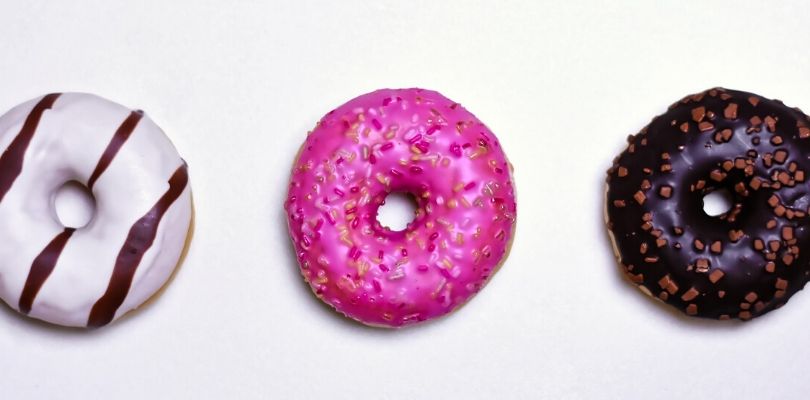Breakfast Food for Diabetics: What to Eat and What Not to Eat
As someone with diabetes, you have likely had a discussion (or several) with your healthcare provider, a dietitian, a diabetes educator, or even a well-meaning friend about what makes a “healthy diet." Hopefully, most of the information you receive is accurate (especially the information received from healthcare professionals). However, sometimes we receive inaccurate information, or the information that we receive gets misconstrued because we are simply overloaded with information. It’s time to discuss breakfast food for diabetics.
For most diabetics, they get out of bed and check their blood glucose levels, blearily pouring a cup of coffee. What’s the next step? What you put on your plate, in your bowl, and even in that cup of coffee, can greatly impact your blood glucose numbers for the rest of the day.
Best Breakfast Foods for Diabetics
A great breakfast option for someone with diabetes is pairing carbohydrates with a protein or a fat source because fat and protein blunt the glycemic response. This means that, although the carbohydrate will increase blood glucose levels, consuming the protein or a fat will likely cause less of an increase. Here are five options that you could try.
Eggs and Toast
Pairing eggs (a protein) with a slice or two of toast (a carbohydrate) is a great choice because of the reason discussed above. It’s a bonus if the toast is whole wheat or whole grain, because adding extra fiber to the diet can also improve the glycemic response. To really improve the meal, cook the eggs with a nonstick spray and use a light butter, low-fat cream cheese or sugar-free jam on the toast.
Breakfast Burrito
A breakfast burrito can be customizable to your specific tastes, but common choices in a breakfast burrito include eggs, various meats such as deli ham, turkey, turkey bacon or turkey sausage and sautéed vegetables. These include onions, green peppers and low-fat cheese. The fillings can be placed in a whole wheat wrap for bonus fiber, which contains carbohydrates, fat and protein.
Oatmeal
Even though the fillings need to be watched as they can drive up the carbohydrate content, studies indicate that consuming oatmeal can reduce insulin resistance. Topping your oatmeal with nuts, seeds and berries can increase fiber.
English Muffins
A whole-grain English muffin is full of fiber and can be topped with peanut butter, avocado, or low-fat ricotta cheese. All of these choices will help to blunt the glycemic response.
Greek Yogurt
Different than traditional yogurt, Greek yogurt has more protein and less carbohydrates than traditional yogurts. Purchasing Greek yogurts that are unsweetened allows you to consume it as you desire by adding Stevia, honey, or fruit.
Worst Breakfast Foods for Diabetics
Though none of the foods listed below are “off limits", limiting them may be in your best interest. Try having these foods on special occasions or when you know that you will be especially active.
Donuts and Pastries
Donuts and pastries may fit into your diet plan carbohydrate wise, but they have no nutritional value besides enjoyment. They do not provide any necessary fuel because they will cause a glycemic excursion that crashes quickly. If you choose to partake in donuts and pastries, try to enjoy them with a protein or have them sparingly.
Juices
Kelly O’Connor, RD, director of diabetes education at the endocrinology center at Mercy Medical Center in Baltimore, states, “Juicing is a popular trend, but keep in mind that one large serving of juiced fruits contains significant carbs and calories." Juicing also eliminates the fiber from the fruits and vegetables that you are consuming.
Smoothies
Similar to juicing, smoothies are comprised of mostly fruits and juices in concentrated amounts. However, if you can add oats and protein powder, you may be able to cut down on the glycemic response.
Coffee
Coffee is not inherently bad. In fact, there is plenty of research that indicates otherwise. However, it is what we put in our coffee that can have a negative effect on blood glucose. Sugar and sweetened creamers can wreak havoc on blood glucose values. In addition, sugary lattes and frappuccinos may be more like a meal rather than a beverage.
The Bottom Line
It is best to work with an RD to determine your carbohydrate needs. You should aim to consume this amount at breakfast and generally pair carbohydrates with a protein or fat, which helps to blunt the glycemic response.
If you believe you are at risk for becoming diabetic or experience any symptoms, be sure to talk to your doctor so that you are able to get a proper diagnosis and treatment plan into place.
